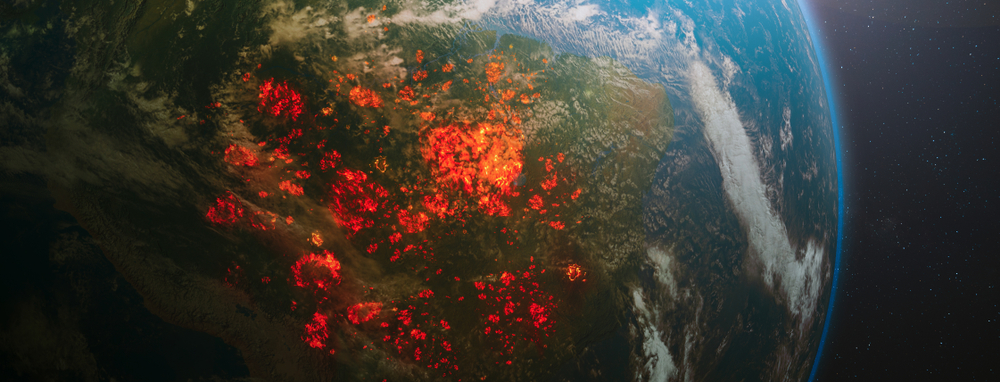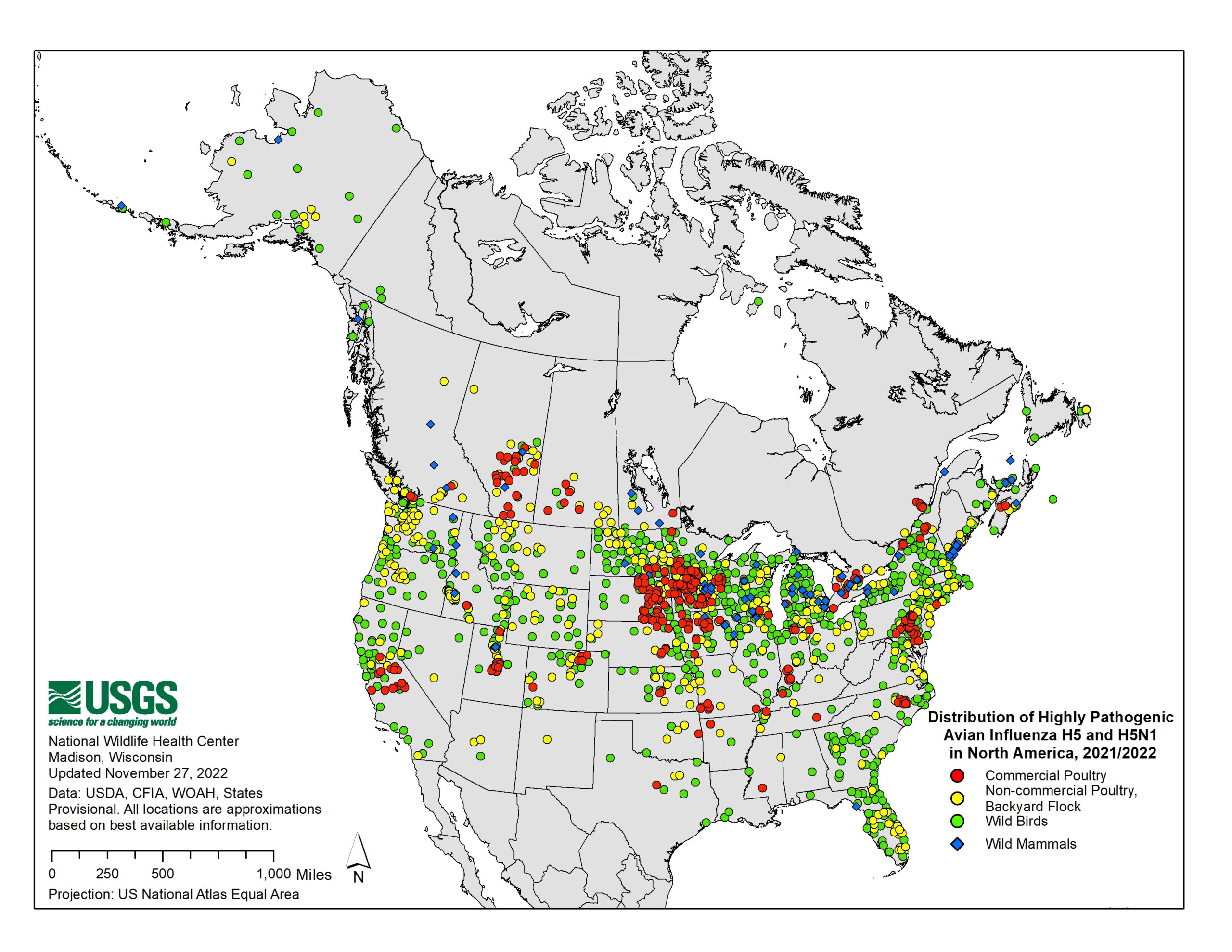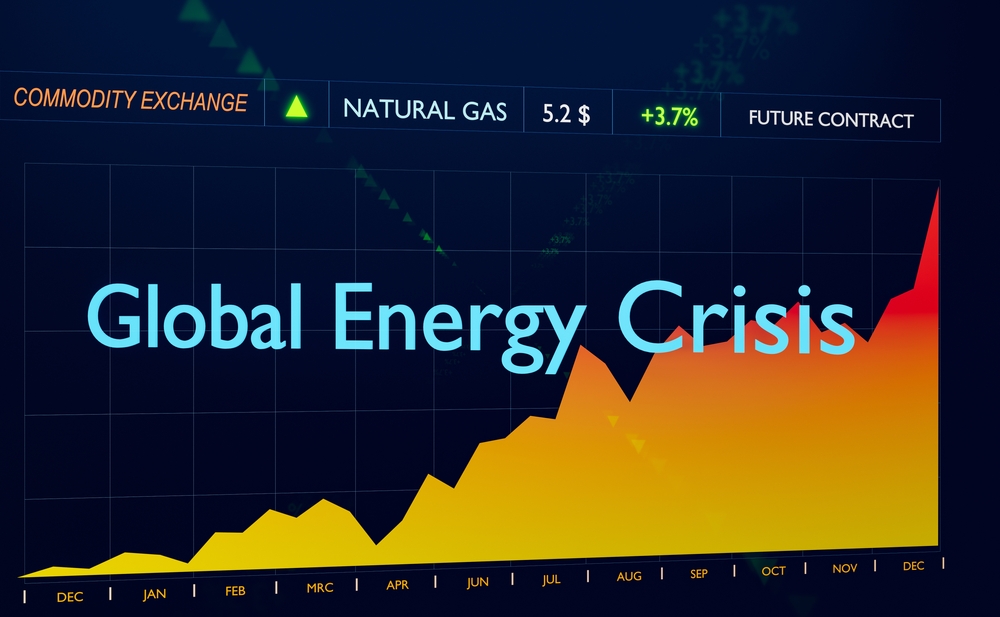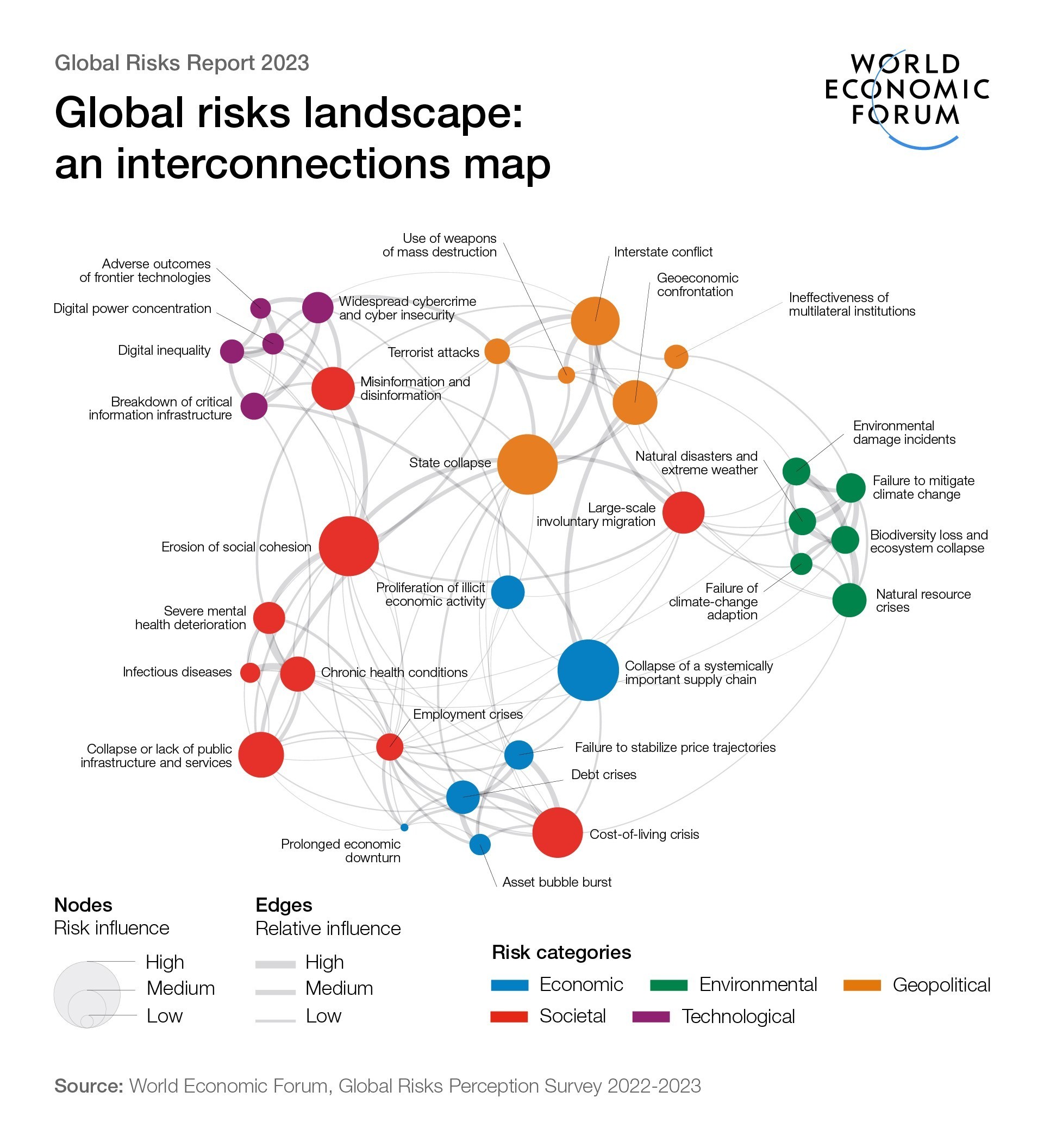Welcome to the age of polycrisis. This is the age when what we once imagined as topics of dystopian fantasy has become the present daunting reality. It is where the predictable outcomes and arrangements of the world economy and global political system have faded into one round of convulsive disruption after another.
For those paying attention, the last 14 days included:
-
- An unprecedented bomb cyclone hit the American west coast.
- A reported 60,000 confirmed coronavirus deaths in China over the previous month (Those are the official numbers, the real number is likely much higher.)
- New political scandals in Washington DC.
- Ongoing and routine political dysfunction as the US hit its debt ceiling – again!
- Continued Russian targeting of civilians in the Ukraine War.
Meanwhile, labor strikes are regularly hitting the healthcare industry. Overworked nurses are exiting the packed emergency rooms to express their frustration, not merely toward the pandemic strains but the cold and corporatized business models that reduced them from critical care workers to digits on the company’s bottom line.
- Read More: The Coming Collapse of the US Healthcare System (Time)
For the first time in three years, we are not being warned of a COVID winter, but US hospitals are overwhelmed now with historically high numbers of RSV and flu patients. In other parts of the world, diseases like cholera are making a comeback as the collapsing infrastructure within failing states accelerates through conflict.
When prices began to skyrocket in 2021, the US Federal Reserve explained this was merely “transitory inflation” as the economy adapted to the post-pandemic world. Top economists later referred to that as one of the “worst inflation calls in the history of the Federal Reserve.” Inflation is climbing worldwide, hitting the poorest countries and economies hardest. The US economy actually saw a reprieve in inflation during the last month, but few felt it. The average consumer is experiencing price increases due to other causes now. The US experienced the deadliest avian flu outbreak in history in 2022, which resulted in a 49% increase in egg prices(and still climbing). Food crisis will continue throughout the year as climate change, natural disasters, and water shortages impact harvests.
The average consumer has become so well adapted to price increases that we barely ask why any longer. We are learning to expect our money to buy less each week. And even as the dollar does less in the market, consumers feel the pinch on the other end of the equation. In the last 45 days, tech giants Facebook, Amazon, and Microsoft announced huge layoffs of 12,000, 18,000, and 10,000, respectively. The former darlings of innovation and global tech are tightening their belts for what is ahead.
Did I mention the energy crisis? According to the head of the International Energy Agency, the world is experiencing “the first truly global energy crisis.” My wife expressed confusion as she reviewed our recent electric bill, which showed a significant increase from November to December. We rely on prepaid propane for our heat. Why did the price rise if we used so little electricity in December? Was it the Christmas lights? Even without a new surprising event to shock the system and further strain the global energy markets, energy prices will remain 46% higher than average this year. A host of issues will produce energy shortages in 2023 as suppliers shut down supplies due to “natural, accidental, or intentional damage to pipelines and energy grids.“
Natural disasters abound. Climate change is moving from the domain of political debates to headline stories on the news as life, trade, and the old normal face continued interruption.
What Is Polycrisis?
In past years I wrote of a cascade of crises leading to food supply chaos in various parts of the world or individual nation-state collapse. Those cascades of crisis have now gone global. We joked about longing for the end of the year in 2020, then came 2021, then 2022…It is not getting better. We are entering a new age. We are not nearing the end of the chaos. This is not even the end of the beginning.
From think tanks to respected periodicals, reasonable observers now recognize the emergence of multiple uncontainable crises stretching the globe. In October, Adam Tooze of the Financial Times introduced the term polycrisis to many of us with these words:
In the polycrisis the shocks are disparate, but they interact so that the whole is even more overwhelming than the sum of the parts. At times one feels as if one is losing one’s sense of reality. Is the mighty Mississippi really running dry and threatening to cut off the farms of the Midwest from the world economy? Did the January 6 riots really threaten the US Capitol? Are we really on the point of uncoupling the economies of the west from China? Things that would once have seemed fanciful are now facts.
A non-governmental organization known as Omega describes the polycrisis as follows:
This is what we know. Dozens of environmental, social, technological, and economic stressors are interacting with increasing velocity. Their combined impact is causing unpredictable future shocks of greater intensity. This polycrisis has many names. Biologists speak of “the 6th great extinction.” Politicians describe “cascading crises.” In Latin America it’s called “eco-social collapse.” The French speak of “collapsologie.” Others call it “the great unraveling,” “the great turning,” “the great simplification,” or “the end of the world as we know it.
This week as the World Economic Forum met in Davos, Switzerland, the subtitle of the organization’s annual global risk report is “2023 the year of the polycrisis.” The report’s global risks map features a leading image that includes the word “collapse” four times, and the word crisis is mentioned on average nearly three times per page.
Here We Are Again
The norms of human civilization are crisis and chaos. That is the story of and measure of our history from wars to famines, genocides to natural disasters, and revolutions to economic collapse. During the post-Cold War decades, the world proudly believed the human race had finally conquered that trend. Democracy. Capitalism. Globalization. Peace and prosperity for all. We found the answers!
Humanity has fallen for such misplaced hope before. It is a perspective that usually precedes a great global upheaval from the fall of Rome to World War I. Apparently, hubris is an inescapable flaw in collective human nature.
This year marks the point at which the veils of illusion begin to fall rapidly. The leading international organizations and think tanks are turning their eyes toward that reality. Even the coining of the word, polycrisis, is evidence of our present condition and where we are going. The news is not going to get better. Polycrisis is the new reality and will give way to greater grades of crisis and chaos.
Economic downturns and crisis. Climate disasters and new extremes. Geopolitical confrontations. Societal upheaval. These are the turning points of the year ahead. It is going to be a very bumpy ride.




